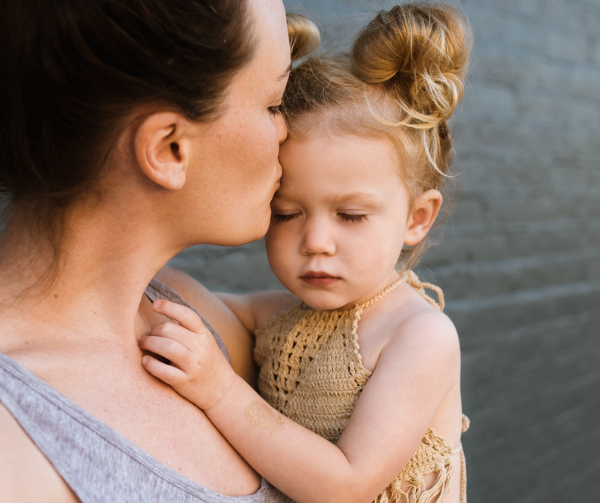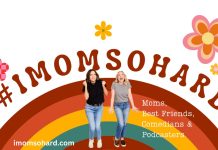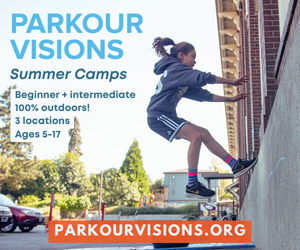One night at bedtime my child whispered stories to me. They hid their face under a blanket and told their most shameful secret in stops and starts. Fortunately, their story was fairly innocuous, about an innocent mistake with unintended consequences, but their feelings of shame and embarrassment were real. I tried to hold them and give kind and reassuring words, but nothing stopped the tears.

“It’s OK. We all make mistakes.”
“I’m sure it wasn’t that bad.”
Finally, in desperation, I told them stories about the time I accidentally squeezed a gerbil too tightly when I was in preschool. The blanket slowly lowered and I saw tear-filled eyes stare back at me. I told them how embarrassed I was and how, for years after, I felt a pit of shame in my stomach every time I saw a gerbil. By the time I was done with my story, my child had stopped crying, snuggled against me, and eventually fell asleep in my arms, relaxed, comforted, and feeling less alone.
Stories have become one of my most effective parenting techniques. I’m not talking about the cliched “back in my day we had a phone with a cord…” kind of way. Stories aren’t about lecturing my kids, but rather relating to them with my own experiences. It’s one of the best ways I know how to connect with them and help them navigate complicated feelings.
As a writer and marketer, I’ve long known the power stories play in connecting people. You can’t watch the Olympics without hearing the emotional stories of what the athletes have overcome to achieve success. In a nonprofit fundraiser, an authentic story of a child who has been helped by the organization is more compelling than an entire page of statistics. Stories are powerful because they bridge across difference and allow us to relate to one another through empathy.
So it shouldn’t surprise me my kids really respond to my stories. When I share a story about myself that mirrors an experience they’re going through, they don’t just listen, they actually lean into me. Suddenly, I’m not just ‘Mom the one who gives out snacks’, but I’m ‘Mom, a person who loves me and has been here before me.’ Stories connect us across parent-child roles as people who care about each other.
I also believe my stories teach resiliency. I’m able to tell them about things that happened in the past and show that while those experiences were hard, they didn’t last forever. If there’s a moral of the story, I try to find it, but I’ve also found just sharing vulnerability and perspective is enough to make them feel better.
Now, of course, there are limits to stories. I’m the adult in the house and it’s my job to make sure I’m sharing things with them that are appropriate for their ages and experiences. The stories don’t have to be epic or earth-shattering, they can just be about the ups and downs of my 40 years. The time I lost my ring in the parking lot and had it returned, the time I was so disappointed because I forgot to turn in a permission slip and didn’t get to go on a class trip, and the time I was in the wrong and had to apologize to a teacher.
There’s a reason why every culture passes down stories. When there is nothing else to say or no other way to fix a problem, I just hold my children and tell them a story from my life. By the end, we usually feel better.


















